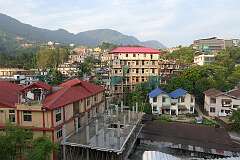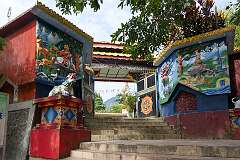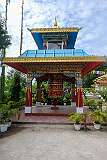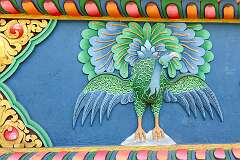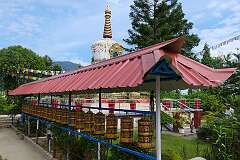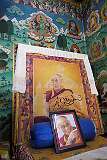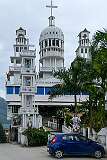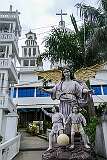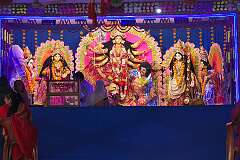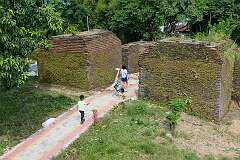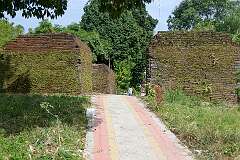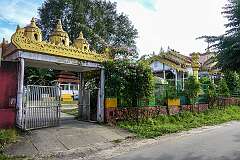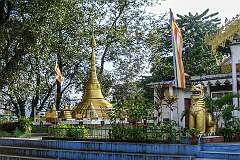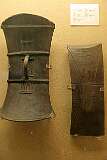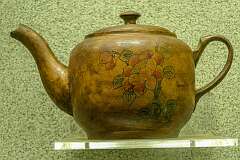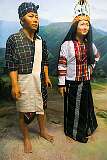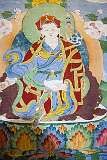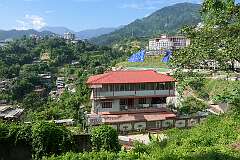Itanagar, capital of Arunachal Pradesh
23-25 October 2023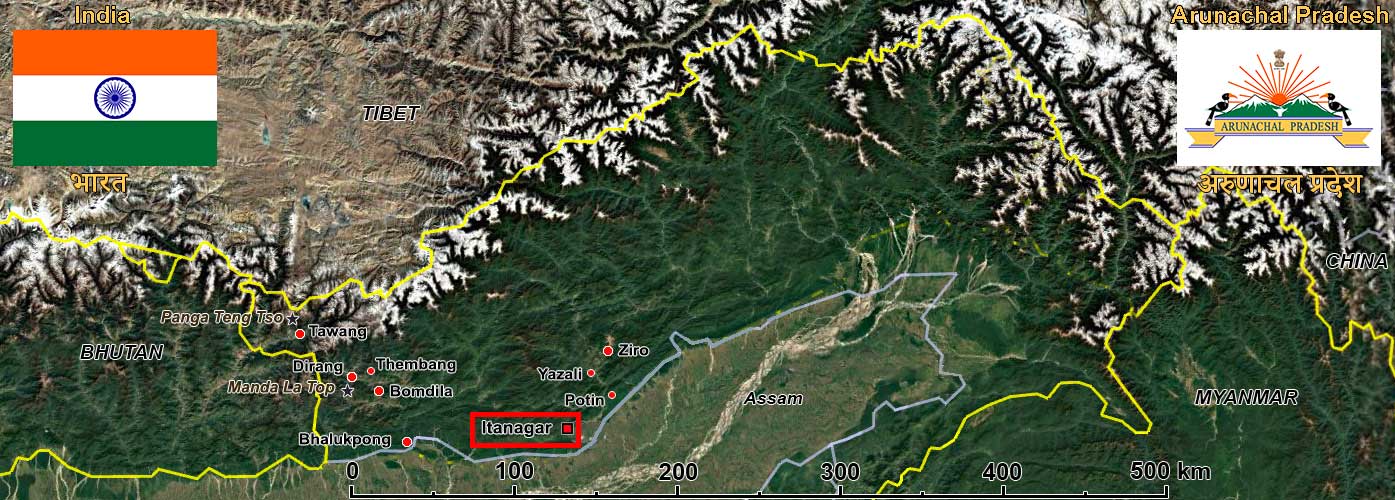
Itanagar, the capital of Arunachal Pradesh, has a history deeply rooted in tribal heritage and ancient civilisations. The region is traditionally inhabited by the Nyishi people, whose customs, festivals, and governance shaped local life for centuries. Its most prominent historical landmark is the Ita Fort, a 14th–15th century structure built of stone, from which the city derives its name (“Ita” meaning “brick” in Assamese). Believed to have been constructed during the rule of the Chutia kingdom, the fort reflects the area’s strategic importance. Over time, the region evolved into a cultural confluence of diverse influences, including those of various tribes, Tibetan Buddhism, and Assamese culture. During the colonial era, it remained relatively isolated, but after India’s independence, Itanagar was developed as the administrative hub of the North-East Frontier Agency (NEFA). In 1987, when Arunachal Pradesh attained full statehood, Itanagar was declared its capital. Today, the city blends historical heritage with modern governance, embodying the state’s cultural and political identity.







